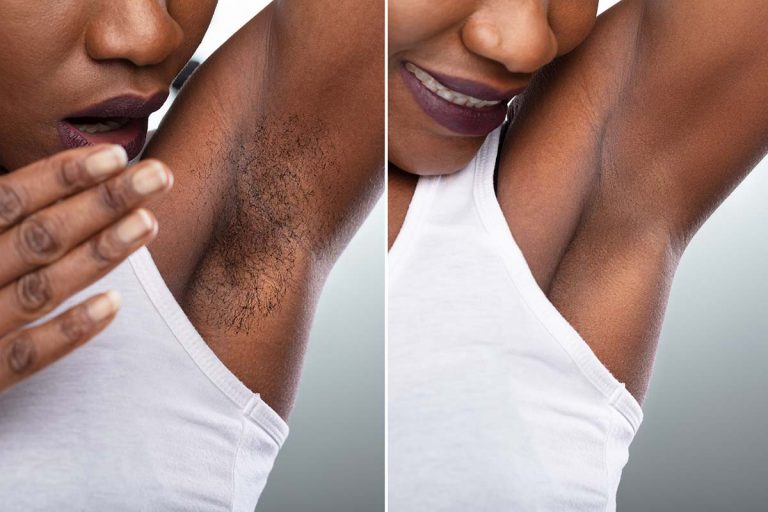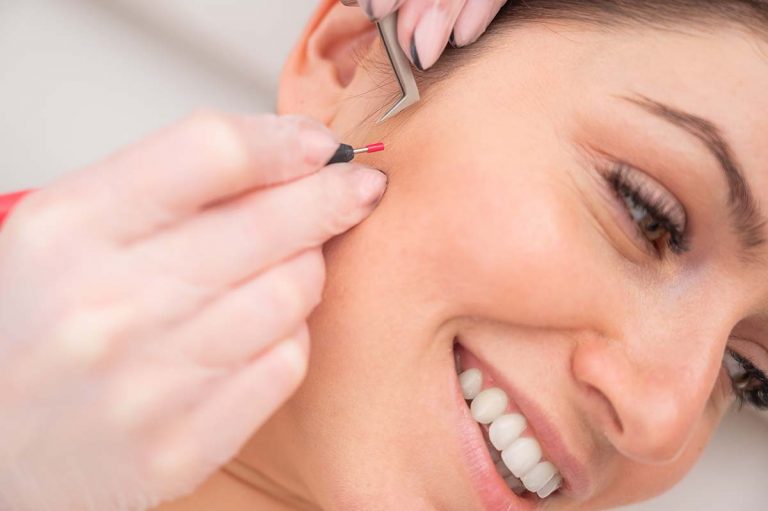
Electrolysis: Everything You Need to Know
Hair removal treatments are used to reduce or get rid of unwanted hair in the body. Both men and women undergo different treatments to help them look good and their skin feels smoother.
A variety of techniques are available today to help you remove or get rid of unwanted hair. However, most of the treatments available today are not permanent, and other treatments are either inconvenient or painful. If you want a permanent hair removal treatment in New York that’s also FDA-approved, we recommend Electrolysis.
What is Electrolysis?
One of the main benefits of Electrolysis is that it’s by far the most effective permanent hair removal. You can see successful results after multiple visits to a qualified dermatologist.
With this type of permanent hair removal treatment, a needle is inserted inside the hair follicle, and heat is administered in the needle. The heat in the needle causes the hair follicles to get burned, disrupting hair growth. The electrolysis machines connect the heat to the inserted needle, and the technician or dermatologist can adjust it based on what temperature the hair follicle needs. Don’t worry; a numbing gel is applied to the skin area, so you don’t feel the heat.
Electrolysis is FDA-approved and preferred because it provides patients with successful and long-lasting results. However — multiple treatments are required depending on hair thickness and other factors.
Compared to other hair removal treatments, Electrolysis is by far one of the best. With waxing, hair usually goes back after a few weeks. Electrolysis is a long-term permanent hair removal technique and only requires multiple visits. And then you can live hair-free for years.
Pros of This Treatment
As result, after you’ve had the procedure done, you won’t have to spend lots of money or time waxing and shaving the areas where the hair has been permanently reduced.

Why Choose Electrolysis
One of the benefits of Electrolysis is that it has minor side effects compared to other permanent hair removal techniques. One of the most common side effects is slight redness, but it usually lasts for more than a day. Pain and swelling may occur but are rare.
It’s best always to see an experienced and board-certified dermatologist to minimize infections and other skin issues. A good dermatologist is equipped with the right tools and experience to successfully perform Electrolysis.
Electrolysis is the Permanent Solution For You
Electrolysis is a safe, tried & tested technique for permanently removing unwanted hair in the body. No other hair-removal solution can match the success offered by the Electrolysis treatment. We recommend this treatment for men and women who don’t want the hassle of visiting dermatologists regularly to get rid of unwanted hair. So long as you complete the visits recommended, you’re sure to get the best results. You’ll get smoother hair-free looking skin.
The hair doesn’t grow back because the treatment permanently destroys the growth cells in your hair follicles, preventing more hair growth. You can have electrolysis treatment for your face, body parts, including your chin, eyebrows, jawline, breasts, underarms, legs, bikini line, or wherever there’s unwanted hair you’d like to remove. Pregnant women who may have unwanted hair due to hormonal changes may also get this treatment. However, you’ll need to speak with your OB first. It’s also possible to perform electrolysis on moles, but you need permission from your physician first.
Why You Should Choose Electrolysis
Some women still do threading, waxing and threading for removing hair. These solutions are not permanent — in some cases, they may even lead to discoloration and ingrown hair. Shaving can also irritate the skin, and hair regrows even after a day. These methods require A LOT of maintenance, and they can also be expensive in the long run.
Another option that’s gaining popularity is laser hair removal. Like Electrolysis, the treatment also damages the hair follicles, so the hair doesn’t grow back. However, instead of needles, the laser treatment uses mild radiation. You’ll need to also have multiple treatments if you want better results with laser. It tends to work best when you have fairer skin and darker hair.
Compared to shaving or waxing, laser hair removal treatment lasts longer. It just doesn’t create permanent results compared to Electrolysis.
Also, laser hair removal treatment can have side effects such as irritation, redness, swelling, inflammation and blisters. Patients who prefer this treatment should always hire qualified professionals to avoid other problems or permanent skin damage.
What to Expect
Electrolysis is an effective hair removal technique performed by a dermatologist. An epilator device is inserted into your skin, and through shortwave radio frequency, it disrupts hair growth. It works by damaging your hair follicles, preventing growth and causing them to fall out.
For best results, you must visit a skilled and experienced dermatologist. Multiple appointments may also be required to ensure success.

Post Care Suggestions
Below are the things you shouldn’t do after your electrolysis session.
1. Don’t touch the treated area to avoid bacteria getting into your skin. It may cause you to break out. Also, don’t scratch the treated area to avoid inflammation of the skin. If it itches, resist the urge the scratch it. If your skin is irritated, you can apply Cortisone or Cortaid to reduce itching and redness. Don’t worry, though; Electrolysis has minimal side effects.
2. To prevent bacteria and infections, do apply antibiotic cream after the treatment. Make sure that your hands are clean when applying the cream. Also, ensure you follow the recommended dosage.
3. If the area swells, apply a cold compress to alleviate the symptoms. Ensure that you also stay out of the sun to prevent pigmentation. Keep in mind that the treated area may be sensitive to hyperpigmentation, but you can avoid it by not exposing yourself to direct sunlight.
4. Because your pores are open, they can become infected so ensure that you don’t apply makeup 24-48 hours after your treatment. Sponges and brushes may be full of bacteria that could lead to a breakout. Also, try not to shave 24-48 hours after treatment and don’t use astringents.
5. If you like to work out, do it 24-48 hours after treatment. Sweating may cause bacteria to get into the hair follicles, causing an infection.
6. Avoid saunas, hot tubs, and pools within 48 hours of treatment so your skin is not infected.

